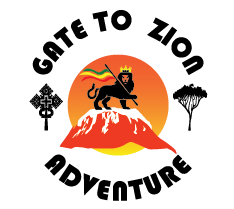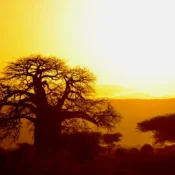Hiking Adventures in Tanzania: Routes and Trails with Stunning Views
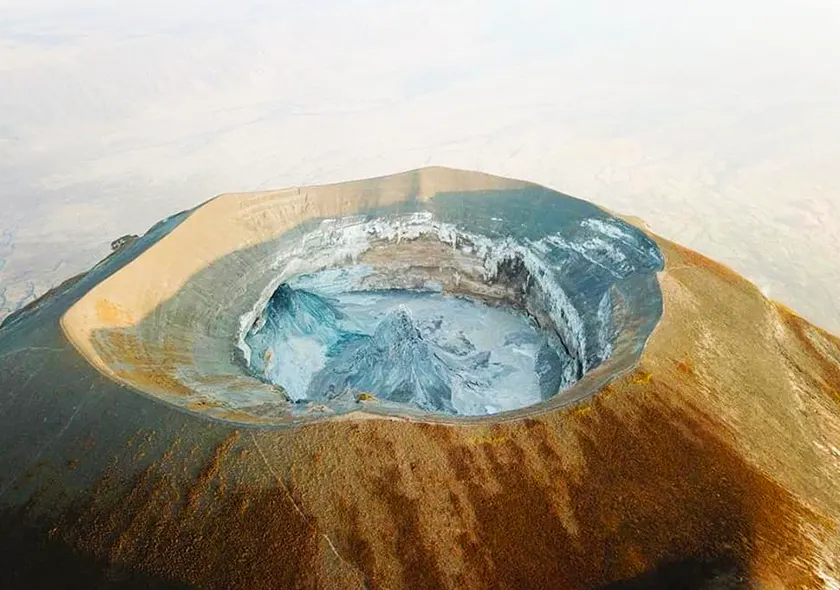
Hiking Adventures in Tanzania: Routes and Trails with Stunning Views
Tanzania is a dream destination for hikers, offering trails that range from leisurely walks through vibrant landscapes to challenging summits that test endurance and reward with breathtaking views. From the iconic Mount Kilimanjaro, Africa’s highest peak, to the tranquil Usambara Mountains, Tanzania has something for every level of adventure seeker. Join us as we explore Tanzania’s most popular hiking destinations, each with unique routes, stunning scenery, and unforgettable experiences.
1. Mount Kilimanjaro – The Crown Jewel of African Peaks
Overview of Mount Kilimanjaro
Mount Kilimanjaro is the highest mountain in Africa, towering at 5,895 meters (19,341 feet). Situated within Kilimanjaro National Park in northern Tanzania, Kilimanjaro is a world-renowned trekking destination that attracts thousands of adventurers each year. Its snow-capped summit rising above the savanna has made it an icon, and it is often regarded as the “Roof of Africa.”
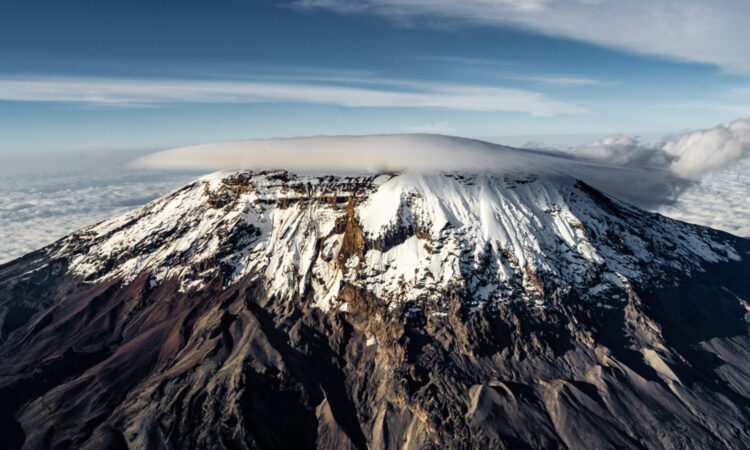
Popular Routes and Trails to the Summit
Mount Kilimanjaro offers a variety of trails, each with its own distinct scenery, difficulty, and chances of summit success. Here are some of the most popular routes:
- Machame Route (“Whiskey Route”): Known for its scenic beauty, this is a favorite among experienced hikers. The route takes about 6-7 days and offers higher summit success rates due to gradual acclimatization. Trekkers on this route will pass through lush rainforests, moorlands, and alpine deserts, making it a diverse and rewarding journey.
- Marangu Route (“Coca-Cola Route”): Known for having hut accommodations instead of tents, this route is often considered easier, though it requires good physical preparation. Taking around 5-6 days, it offers a slightly quicker ascent, which can affect acclimatization. Despite this, the route is popular due to its relative comfort and accessibility.
- Lemosho Route: Ideal for those who prefer a quieter, scenic experience. This is a longer route, typically 8-9 days, and is highly recommended for its stunning views and higher summit success rates. It allows for gradual altitude adjustment, giving climbers a greater chance to reach the summit.
Each route requires careful planning, with slower, longer climbs generally increasing summit success rates. Local guides on these routes provide essential support and knowledge of the mountain’s terrain and conditions, helping trekkers navigate this life-changing experience.
What to Expect on Kilimanjaro’s Trails
Mount Kilimanjaro is an adventure through five climate zones. Starting in tropical rainforests teeming with wildlife, such as Colobus monkeys and birds, hikers ascend through moorlands with giant heathers, alpine deserts with limited vegetation, and finally reach the icy summit. The climate changes rapidly, so hikers should be prepared for everything from warm humidity to freezing temperatures. Reaching the summit at Uhuru Peak is often a sunrise experience, with sweeping views over the African plains—a reward like no other.
2. Mount Meru – Tanzania’s Hidden Gem for Adventurers
Why Choose Mount Meru?
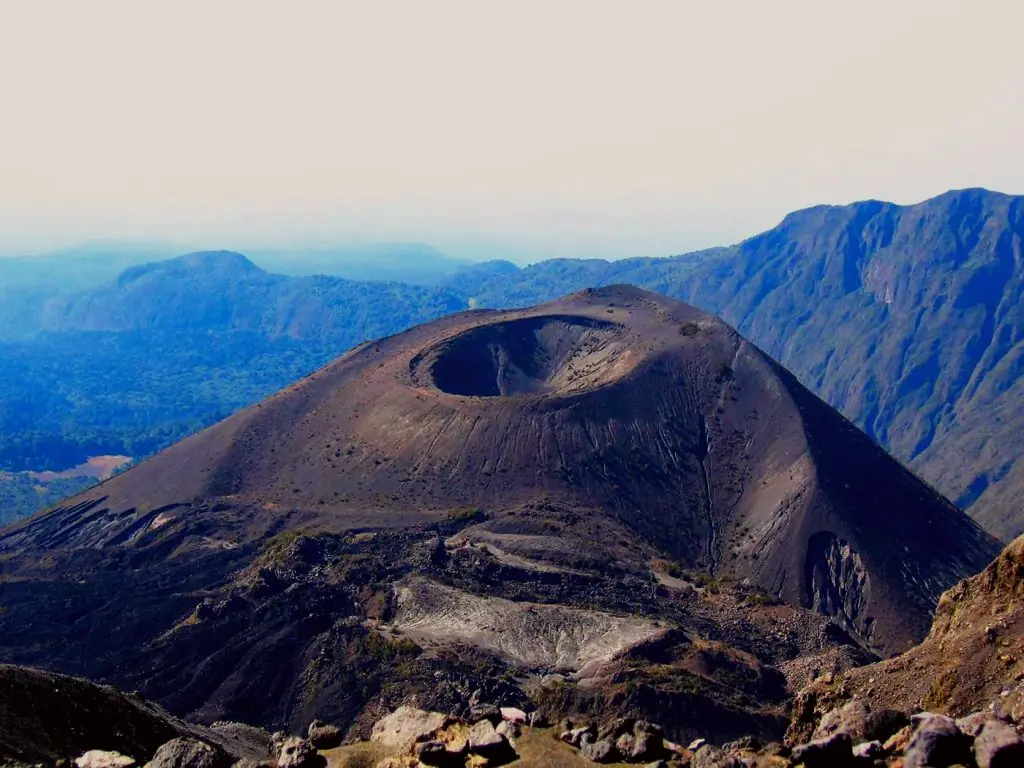
At 4,566 meters (14,980 feet), Mount Meru is Tanzania’s second-highest peak and offers an exciting challenge with fewer crowds than Kilimanjaro. Located near Arusha in Arusha National Park, Mount Meru is perfect for adventurers who want a challenging climb and a more personal experience with nature. While not as high as Kilimanjaro, the trek up Meru is steep and demanding, making it an excellent preparatory climb for Kilimanjaro. Meru’s trail also offers incredible views of Kilimanjaro in the distance.
Popular Hiking Trails on Mount Meru
- Meru Waterfall: A beautiful day hike, the Meru Waterfall offers trekkers a glimpse of lush forests and vibrant flora in Arusha National Park. It’s a relatively easy hike with stunning scenery, making it a great option for families or those looking for a shorter trek.
- Summit Trek to Socialist Peak: The ascent to the summit, also called Socialist Peak, is a multi-day trek with challenging terrain, steep inclines, and rugged landscapes. The trail leads hikers through diverse ecosystems and provides views of both Mount Kilimanjaro and the surrounding plains from the summit. Wildlife sightings, such as giraffes and buffalo, are common along the lower slopes.
Mount Meru offers hikers the chance to witness Tanzania’s breathtaking wilderness, rich biodiversity, and sweeping views without the crowds.
3. The Usambara Mountains – A Verdant Escape for Nature Lovers
The Beauty of the Usambara Mountains
The Usambara Mountains in northeastern Tanzania are lush, cool, and verdant, a stark contrast to the arid plains that surround them. Known for their diverse flora and fauna, these mountains are a hidden treasure in Tanzania’s natural landscape. The Usambara region is famous for its serene trails, diverse ecosystems, and close-knit communities, where travelers can experience authentic Tanzanian culture.
Popular Hiking Routes in Usambara
- Lushoto to Magamba Forest: This trail offers scenic views, rich forests, and encounters with local communities. Trekkers can experience the dense forests and picturesque valleys while hiking from Lushoto to Magamba Forest, a route filled with vibrant flora, ancient trees, and breathtaking vistas.
- Irente Viewpoint: A popular short trek, the hike to Irente Viewpoint is perfect for stunning photos. The viewpoint offers panoramic views over the Maasai plains and is especially beautiful at sunrise or sunset. It’s a moderate trail, suitable for families and those seeking a rewarding yet easygoing trek.
The Usambara Mountains provide a serene and immersive hiking experience, allowing travelers to enjoy Tanzania’s natural beauty alongside its warm and welcoming communities. For those seeking an off-the-beaten-path adventure, the Usambara Mountains are ideal.
4. Essential Tips for Hiking in Tanzania
Packing Essentials
Each hike in Tanzania demands thoughtful packing. Essential items include layered clothing to adapt to varying climates, sturdy hiking boots, a high-quality sleeping bag for colder nights, a headlamp, and waterproof gear. Kilimanjaro climbers especially need cold-weather clothing for the summit, while those hiking in Usambara or Meru should pack lighter but always bring a waterproof jacket for sudden rain.
Best Time to Hike in Tanzania
The best time for hiking in Tanzania is generally during the dry seasons: January to March and June to October. These months offer clear skies, milder temperatures, and more stable weather, making the trails safer and the views more accessible. Climbers aiming to summit Kilimanjaro should avoid the rainy seasons of April-May and November-December, when trails can become slippery and visibility is reduced.
Supporting Local Communities
Choosing a local tour company, such as Gate to Zion Adventures, allows travelers to directly support Tanzanian communities and promote responsible tourism. Gate to Zion Adventures collaborates with local guides, porters, and service providers, ensuring that your journey not only creates memories for you but also brings lasting benefits to the people and places you visit.
Conclusion
Whether you’re dreaming of summiting Mount Kilimanjaro, exploring the scenic trails of Mount Meru, or immersing yourself in the lush greenery of the Usambara Mountains, Tanzania offers a vast range of hiking adventures that promise incredible memories. Each trail comes with its own unique challenges, stunning landscapes, and opportunities for cultural immersion.
With Gate to Zion Adventures, you can explore Tanzania’s mountains with expert guidance, safety, and a commitment to responsible tourism. So, prepare your gear, choose your route, and get ready to embark on the hiking experience of a lifetime in the heart of Tanzania.
All Categories
Recent Posts
Top 10 Must-See Destinations in Tanzania with Gate to Zion Adventures
Discover Authentic Cultural Experiences in Tanzania with Gate to Zion Adventures
Hiking Adventures in Tanzania: Routes and Trails with Stunning Views

